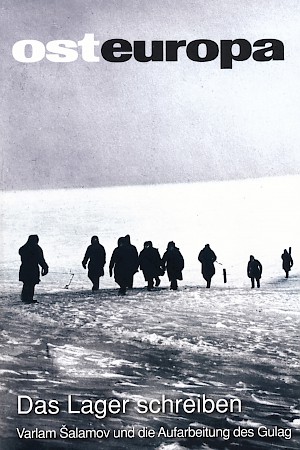Built on Blood and Water
The Hydroelectric Archipelago Gulag, 1931–1958
Deutsche Fassung
Abstract
The “terror of hydraulic despotism” had hardly ever found a more impressive expression than in the hydro-technical archipelago Gulag. Its story began in 1931 with the completion of the notorious Belomorkanal, when an army of forced labourers left behind a vestige of repression and exploitation in the landscape and history of the Soviet Union which could hardly be more visible. From then on, the construction of gigantic canals and power stations located on rivers made a significant contribution to the rise of the Gulag to economic empire. However, the increasing use of technology in construction raised quality standards for labour, so that the camp economy, starting in 1948, began to slide deeper and deeper into crisis. After Stalin’s death, the large construction sites and their camp complexes could no longer be reorganised by means of amnesties and reforms into education and resocialisation centres.
(Osteuropa 6/2007, pp. 239–266)



